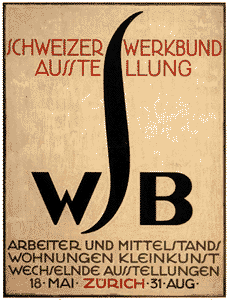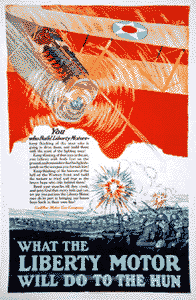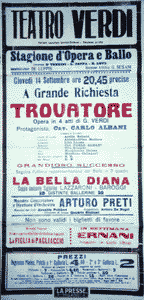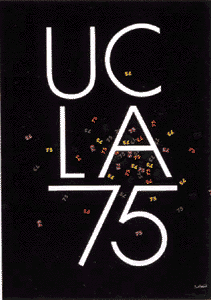 |
|
|
Poster History Picasso made his works available in poster form, bringing poster art back to its original uses as art. Posters were originaly created as wood blocks or metal engravings and had little color. The word "poster" cannot be found before 1832. Its predecessor is the lithograph, and lithography is credited with the development of mass productions of large paper images. Lithography was invented in 1798 and the process was too slow and too expensive for posters. With Cheret’s "three stone lithographic process" artists were now able to design in color, usually red, yellow and blue printed in careful registration. The Industrial Revolution (late 18th century) brought about a revolution in printing machinery and techniques. New papear 1848 saw the advent of the high speed printing press, which could print 10,000 sheets per hour. 1850 1870's Paris, Berlin, Milan and America used posters to usher in the "advertising age". Posters became the "art gallery of the street". Lithographic printing transformed the poster. It became much cheaper to print and easier to use color. Many different poster styles have been developed.
|
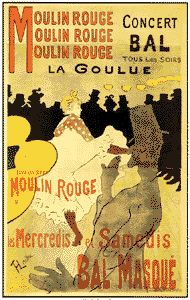 |
1890 France "bell epoch" (good old time, great era) Posters became fine art. |
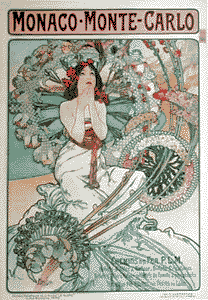 |
1894 France Art Nouveau Styles -Spain: bull fights |
|
France
|
Swiss 1918
|
|
US 1918
|
Italy 1923
|
|
US 1943 |
US 1995 Paul Rand
|

